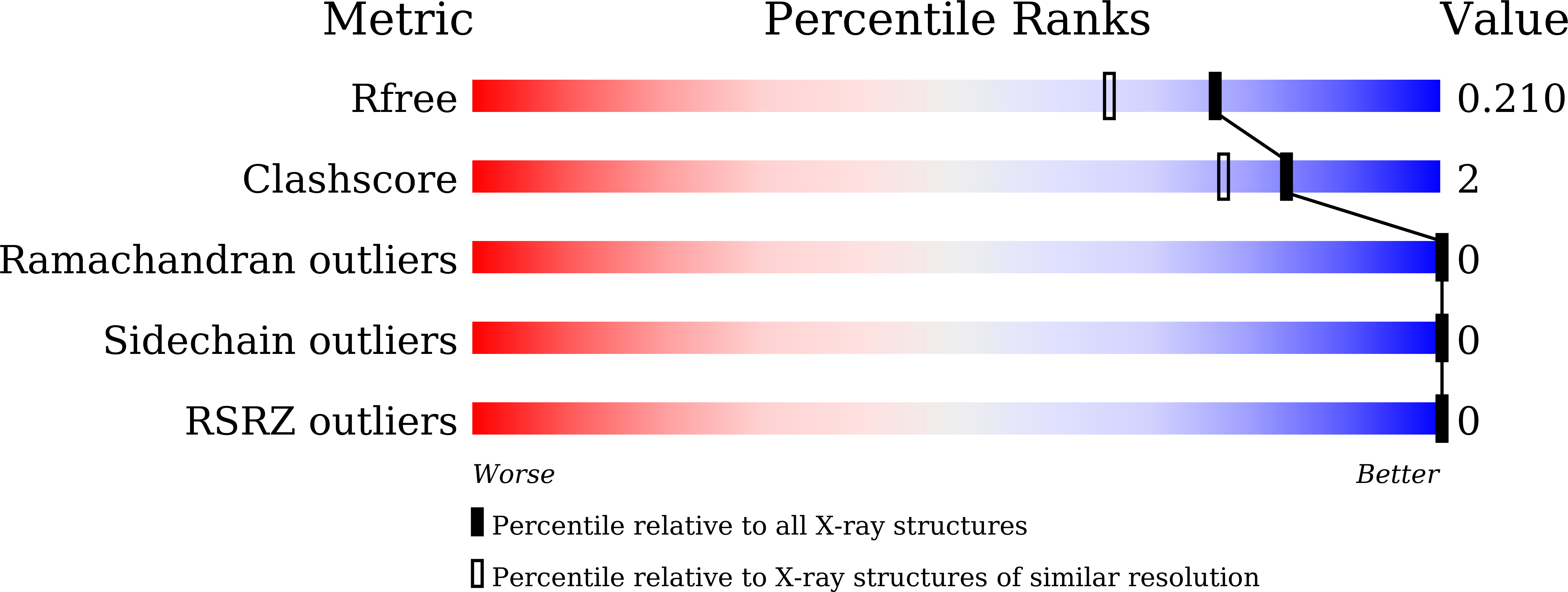
Deposition Date
2025-01-21
Release Date
2025-04-16
Last Version Date
2025-04-16
Entry Detail
PDB ID:
9LNP
Keywords:
Title:
the hUNG bound to DNA product embedding uridine ribonucleotide
Biological Source:
Source Organism:
Homo sapiens (Taxon ID: 9606)
Host Organism:
Method Details:
Experimental Method:
Resolution:
1.76 Å
R-Value Free:
0.20
R-Value Work:
0.16
R-Value Observed:
0.17
Space Group:
P 21 21 21


